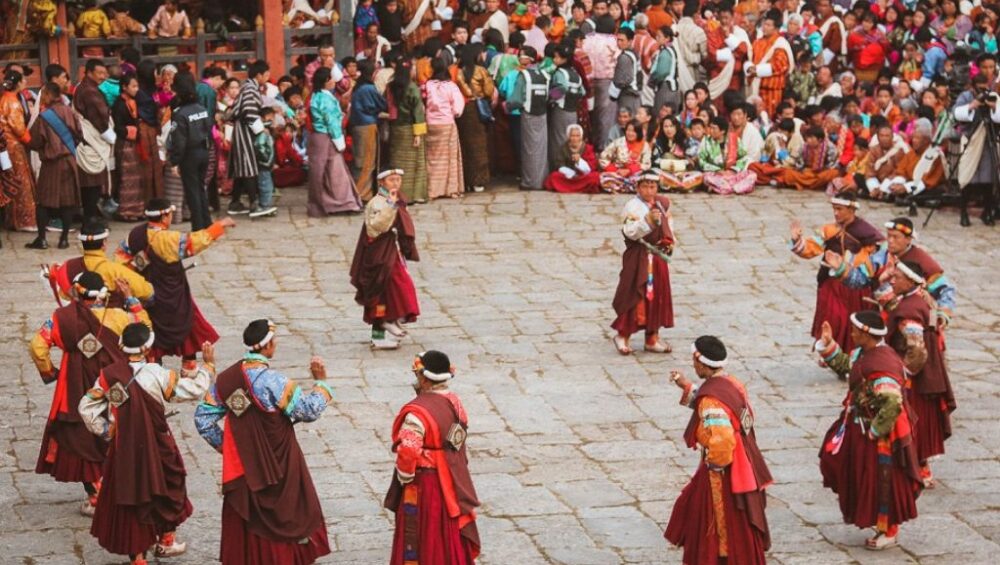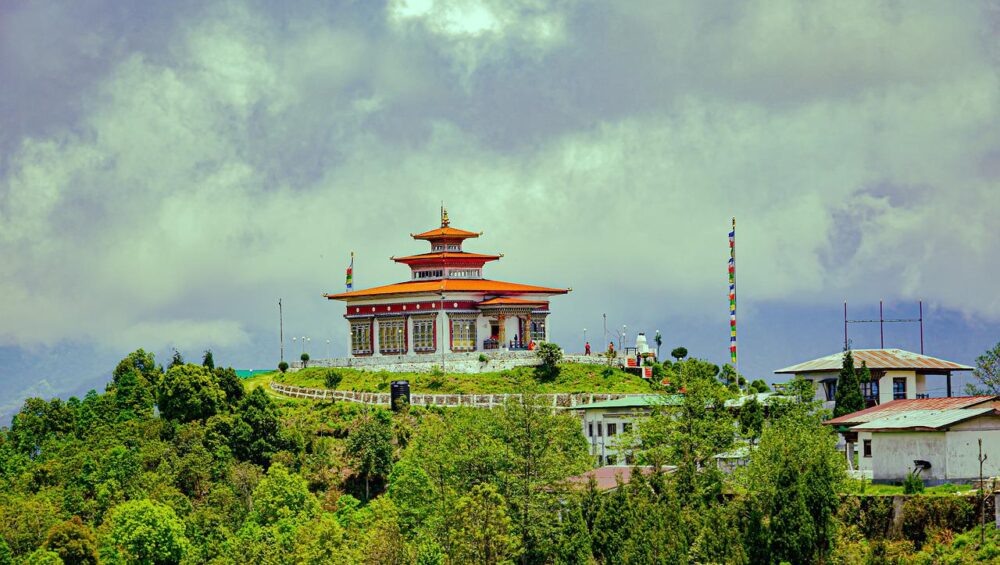The Role of Tourism Policies in Enhancing Travel Experiences
Tourism policies are essential instruments used by governments to guide and regulate the tourism industry. These policies aim to strike a balance between promoting economic growth and preserving the natural, cultural, and social resources of a destination. By doing so, they create positive and meaningful experiences for travelers while ensuring the long-term sustainability of tourism attractions. In this article, we will delve into the fundamental aspects of tourism policies that benefit tourists and contribute to more enriching and responsible travel.
Promoting Sustainable Tourism
A major focus of modern tourism policies is fostering sustainable tourism practices. With growing awareness of the environmental impacts of tourism, governments are taking action to minimize this footprint. These efforts may include policies aimed at reducing carbon emissions, encouraging the use of energy-efficient accommodations and transportation, and advocating for responsible waste disposal. By prioritizing sustainability, these policies help maintain the integrity of natural environments—be it pristine beaches, protected forests, or diverse wildlife—so that travelers can experience these wonders in their original state. Additionally, these efforts safeguard the ecological balance of these areas, ensuring future visitors can enjoy them as much as today’s tourists.
Preserving Cultural Heritage
Tourism policies also prioritize the preservation of a destination’s cultural heritage. Governments understand the appeal of authentic cultural experiences and work to protect historical landmarks, support local artisans, and promote cultural festivals. By encouraging the continuation of traditional practices, these policies enrich tourists’ experiences. Visitors are offered meaningful cultural interactions, such as participating in local festivals, touring historical sites, or purchasing handmade local products. This deepens their connection to the destination while also boosting the local economy and helping to safeguard cultural identities.
Ensuring Tourist Safety
Tourist safety is a top priority in the development of tourism policies. Governments frequently implement measures such as creating specialized tourist police forces, improving surveillance, and enforcing safety regulations across the tourism sector. Whether it’s by ensuring the safety of hotels, regulating high-risk adventure activities, or enhancing emergency response systems, these policies create a secure environment that allows travelers to enjoy their holidays with peace of mind. A safe destination is more likely to attract repeat visitors and build a strong reputation for tourism.
Investing in Tourism Infrastructure
Government policies that focus on upgrading tourism infrastructure can significantly improve the overall experience for travelers. By enhancing transportation networks, modernizing airports, and expanding accommodation options, destinations become more accessible and convenient for tourists. Better infrastructure enables visitors to explore more of what the destination has to offer, leading to higher levels of satisfaction. Additionally, well-planned infrastructure can reduce overcrowding at popular sites by dispersing tourist traffic, while also ensuring that tourism benefits are spread more widely across the region.
Upholding Quality Standards
Tourism policies often include the implementation of quality control measures to protect tourists’ rights and ensure their well-being. Accreditation and licensing systems for hotels, restaurants, and tour operators help maintain consistent standards in areas like safety, cleanliness, and service. These regulations ensure that tourists receive reliable, high-quality services, contributing to a positive travel experience. Governments that enforce strict quality standards help build trust among international visitors and improve the overall reputation of their tourism industry.
Providing Comprehensive Visitor Information
Tourism policies often include provisions for making visitor information readily available. Governments invest in the development of visitor centers, official tourism websites, and mobile apps to provide detailed guidance on attractions, transportation, local customs, and safety protocols. These resources empower tourists to plan their trips efficiently and explore destinations with confidence. By ensuring that tourists have easy access to accurate and up-to-date information, governments help make their visits more enjoyable and stress-free.
Engaging Local Communities
Modern tourism policies emphasize the importance of involving local communities in tourism development. By promoting community-based tourism initiatives, governments enable tourists to interact directly with local residents and learn about their way of life. These experiences offer deeper cultural insights for travelers while also providing economic benefits to local communities. Involving locals in tourism also fosters a sense of ownership and pride, leading to more responsible and sustainable tourism practices.
Encouraging Stakeholder Collaboration
For tourism policies to be effective, they require the collaboration of multiple stakeholders. Governments work to facilitate cooperation among tour operators, hoteliers, local communities, and environmental organizations. This is often achieved through public-private partnerships, advisory boards, and consultation processes. By bringing together different perspectives, tourism policies can ensure that development efforts are inclusive and consider the needs of all parties involved, from businesses to local residents.
Conclusion
Tourism policies play a critical role in shaping travel experiences and ensuring the sustainable development of tourist destinations. By focusing on key areas like sustainability, cultural preservation, safety, infrastructure, quality standards, information accessibility, community involvement, and stakeholder collaboration, these policies create a more rewarding travel environment. Through thoughtful and well-crafted tourism policies, governments can support both the long-term growth of the tourism sector and the well-being of the destinations and communities involved.
















